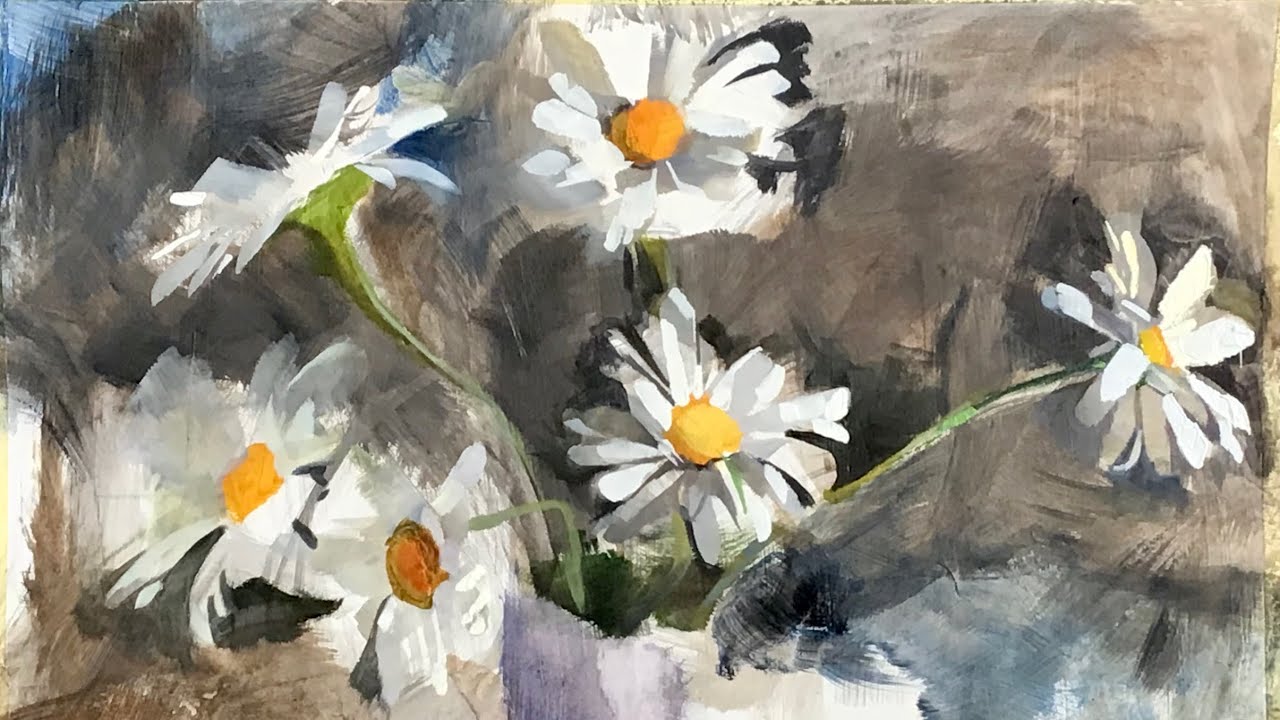Introduction: Why Composition Matters
Painting flowers is super fun, but when you’re working with more than one, things can get tricky fast. How you arrange them in your oil painting really affects how the final piece feels. A good layout brings harmony, energy, and a bit of storytelling to your canvas. And the great news? You don’t need to be a pro to do it right.
1. Choose a Focal Flower First
Every composition needs a star. Pick one flower that will act as your main subject — maybe it’s the largest, or the most colorful. Place it slightly off-center using the rule of thirds. This avoids the dreaded “flat and boring” effect.
Quick Tip: Don’t plop it right in the middle unless you’re aiming for something super symmetrical (which can feel stiff, honestly).
2. Vary Sizes and Shapes for Interest
If all the flowers are the same size and shape, your painting might feel dull. Try mixing big blooms with smaller buds or even seed pods. The contrast adds rhythm and guides the viewer’s eye naturally around the piece.
Also, tilt some flowers — not everything has to face forward! That little bit of turn makes it more lifelike.
3. Think About Overlap and Depth
Overlap isn’t just allowed — it’s encouraged! Let one flower cover part of another to create a sense of depth. Oil paints are great for layering, so use that to your advantage.
Add darker values in the back, and brighter highlights up front. Your bouquet will pop!
4. Use Negative Space Wisely
Negative space (the “empty” areas) is just as important as the painted parts. Leave some breathing room around your cluster of flowers. This prevents the scene from becoming overwhelming or too crowded.
Sometimes, less really is more.
5. Consider the Vase or No Vase Dilemma
Should you include a vase? That depends. A vase adds context and grounding, but painting flowers “floating” in space gives more freedom with the layout. Either way, make sure the base doesn’t compete with the flowers themselves — they should always be the heroes of the scene.
6. Add Leaves and Stems for Flow
Leaves and stems can lead the viewer’s eye from one flower to another. Use curved stems to guide the flow in a gentle S-shape or diagonal — both are visually pleasing and dynamic.
Also, not every stem has to be visible. Just enough to suggest structure is perfect.
Final Thoughts: Relax and Play
There’s no one “right” way to arrange multiple flowers. The more you experiment, the better you’ll understand balance, shape, and harmony. Don’t stress too much — some of the best layouts happen by accident (true story).
Paint what feels good, stand back often, and keep your brush moving.
